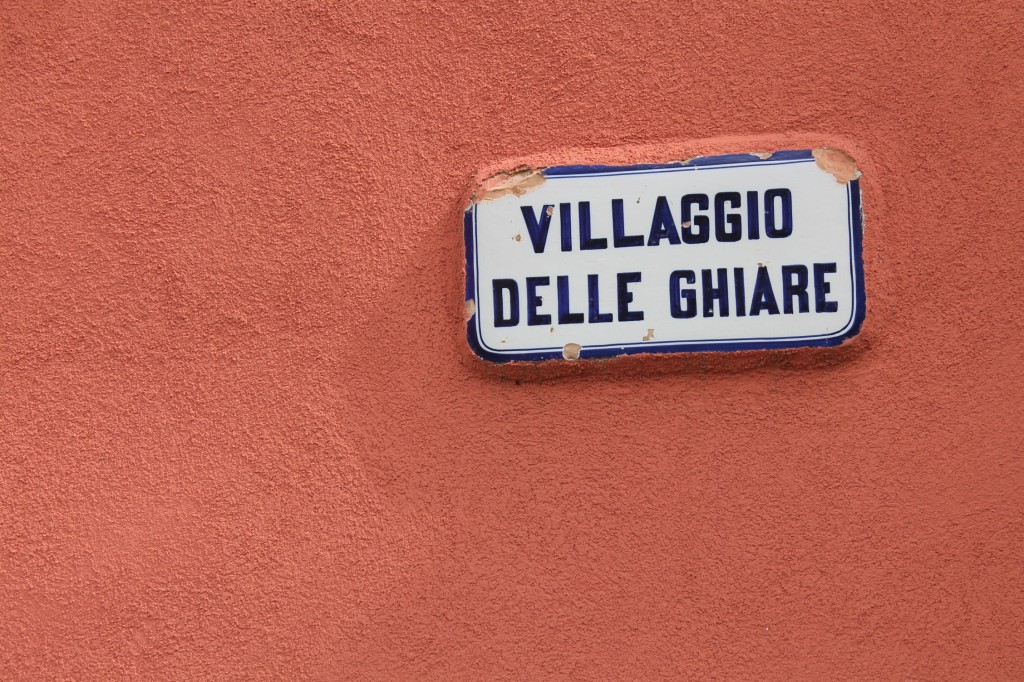
Here in our new village of Le Ghiare outside of Levanto (and you can’t get more village-like than this, having a population of less than 100) there is still something that belongs to a very old tradition: the village olive press. It’s on the ground floor of the home that my neighbor Antonio lives in, just like his parents lived in before him. In truth, his mother is still living there at the age of 94 … Liguria has an amazingly high number of nonagenarians, which bodes well for my own future, at least.
Antonio’s father ran the village olive press, and once upon a time, long before the Cinque Terre became a tourist mecca and there was a highway exit that gave you access to Levanto, this olive press was incredibly important. Being a community of farmers (grapes, olives, and garden vegetables primarily), agirculutural products were of critical importance to one’s survival, being both a source of (meager) income and sustenance.
This olive press was built like every other one in the pre-industrial, pre-mechanized world. Consisting of a system of heavy beams, ropes, and large milling stones, it was turned about by the pull of a donkey, and then put through the process of settling, skimming, dividing, and purifying that is the basis of all olive oil still today.
The most incredible thing, though, about this old-school process, is the fact that during the harvest period (which is roughly in October and November), the days of olive farmers were spent in the fields collecting olives (which meant back-breaking work picking them up off the ground as they fell), while the nights were spent at the olive press, turning the olives into oil before the natural process of fermentation started taking over on the unpressed olives. Then the next morning, back in the fields, then back to the press, and so on.
Still today, the work of olive farming on the hills of Levanto or the Cinque Terre is incredibly demanding, and the output is very small by the standards of places like Puglia, Tuscany, Andalusia, or California, where the landscape is flat. That’s why it costs so much. But it is uniquely good. Get some of the good stuff and support local farmers at the Cooperative.


